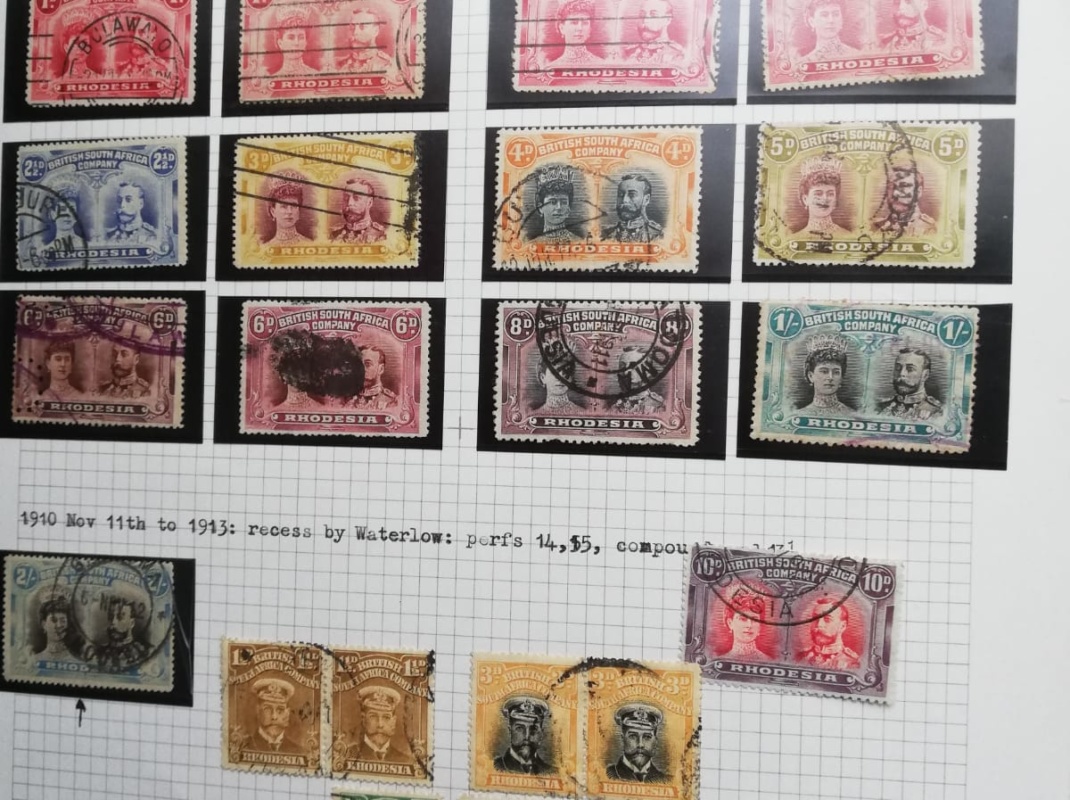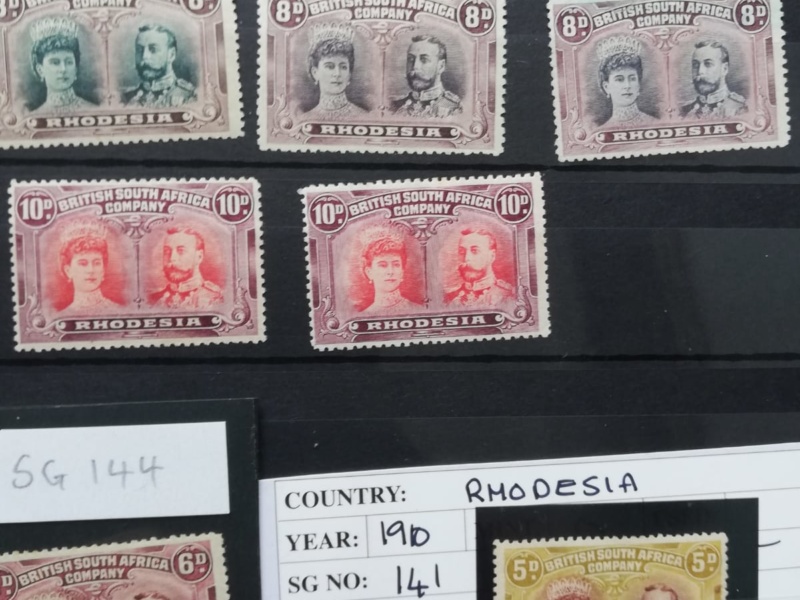With the advent of lockdown I, like many of my peers, have been drawn back to my childhood memories. So, after searching the attic and storage area I found what I was seeking – my old schoolboy stamp collection. What a sorry sight! My prize collection from when I was a pre-teen was nothing more than a mishmash of generic stamps of varying quality from around the globe. Gone were the visions of seeing a valuable ‘penny black’ or other rare issues amongst my motley collection. However, not to be put off with my early disappointment, I persevered and rebooted my stamp collecting technique.
Jargon
I had to understand the jargon of stamp collecting. For example, when you look at a stamp is it MNH (Mint Not Hinged), MH (Mint Hinged) or used? Are there any watermarks? Many of the older stamps were printed onto watermarked paper. The watermarked paper varied during the issue of the stamp. Some watermarks are rarer than others. Is the stamp imperforate or perforated? The very first issues were printed onto sheets of paper and had to be cut out from the paper. A good quality stamp would have four clear margins around the stamp or three if it was a Cape Triangle, whereas a poor stamp may miss a margin or two. There are other considerations to take on board, such as colour variety, reprint variety, and also country identification – not always an easy task!
Country quiz
Where is the British procession of Heligoland?
Where are the Penrhyn Islands?
Where and what is Silesia?
What is the difference between Nyassa and Nyasaland?
Collection focus
What should I collect? Should I carry on with generic worldwide collecting or concentrate on a specific country or theme such as animals, birds or flowers on stamps? As a child of Africa, it seemed only natural to collect stamps of my birth country, Rhodesia. There is a start date 1890 and an end date 1980. Early Rhodesian stamps are highly collectable, especially the 1910 double head issues. However, some of the rarer stamps are out of my price range, so while I have a pretty comprehensive collection, there remain gaps for the hard-to-get stamps. I have found that certain stamps are a great alternative investment, giving capital returns higher than many other investment strategies as they hold or increase their value.

'Twitter and instagram enable young collectors to find people like them and see that it's not only a geeky old man's pursuit.'
Get involved
The beauty with stamp collecting is that you can always stop and start. It does not involve total commitment and the stamps will always be there in one form or another, perhaps hidden away in the attic for 50 years! Once you have identified what you want to collect you can focus on how to obtain your collection. This can be done through local stamp clubs, speciality stores like Stanley Gibbons, stamp auctioneers, internet auctions like Ebay, car boot sales and fairs. Stamp collecting is as expensive as you want it to be. If you want to buy the elusive stamp and are willing to pay a huge price, so be it. You can spend a little to get most of what you want and be satisfied and there is always the chance of snaring a bargain that has been overlooked by other collectors.
Your speciality could lead you into other fields of interest. If you collect birds as a theme, for example, this could lead to bird watching and photography and of course vice versa. Perhaps, an inspiration for your next foreign, exotic, specialist holiday focusing in on nature, history or geography – or all three! It is a hobby the whole family can get involved in. You can encourage children by getting them interested in collecting cartoons on stamps or other favourites such as dinosaurs, domestic animals, football and sports. The range is vast so get involved and happy collecting!
Benefits enjoyed
Stamp collecting has given me more than the pleasure of obtaining a specific stamp. I have developed my geographical and historical awareness by researching obscure countries and finding out the reasons for their existence. It has allowed me to interact with other collectors to buy, sell or swap stamps, forming new friendships. I have enjoyed the sound of the post arriving as I wait eagerly for my latest addition to my collection. I have become more creative as I search for the best method of presenting my collection. I find it a satisfying and relaxing hobby as the stresses of the working day dissipates as I explore new horizons.
Answers to quiz
Heligoland are islands in the North Sea. They were given to the British in 1807 by Denmark and held by the British until 1890, at which point the British then gave them to Germany.
Penrhyn Islands are the northern islands of the Cook Islands. They lie mid pacific between Australia and South America. They were named after the British ship “Lady Penrhyn”, the first European ship to discover the islands.
Silesia was a short-lived area that issued stamps after World War 1. It comprised parts of German, Czech and predominantly Polish speaking lands.
Nyassa, was part of northern Mozambique, a colony controlled by the Portuguese. To the west of Nyassa lay Nyasaland.
Nyasaland is a landlocked African country now called Malawi which was a former colony of Britain. It is to the east of Zambia, south of Tanzania, west and north of Mozambique.
'All science is either physics or stamp collecting.'
